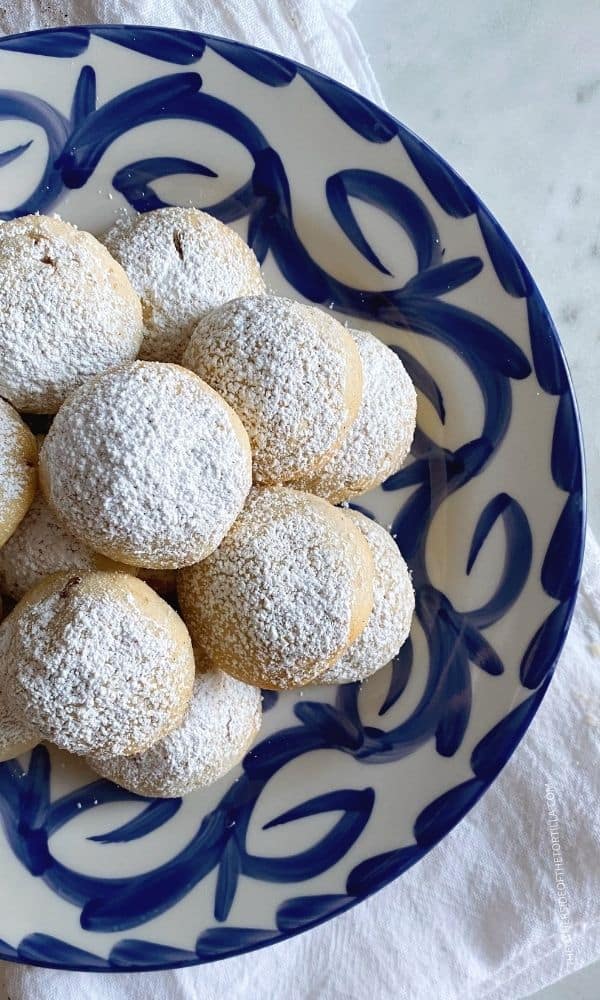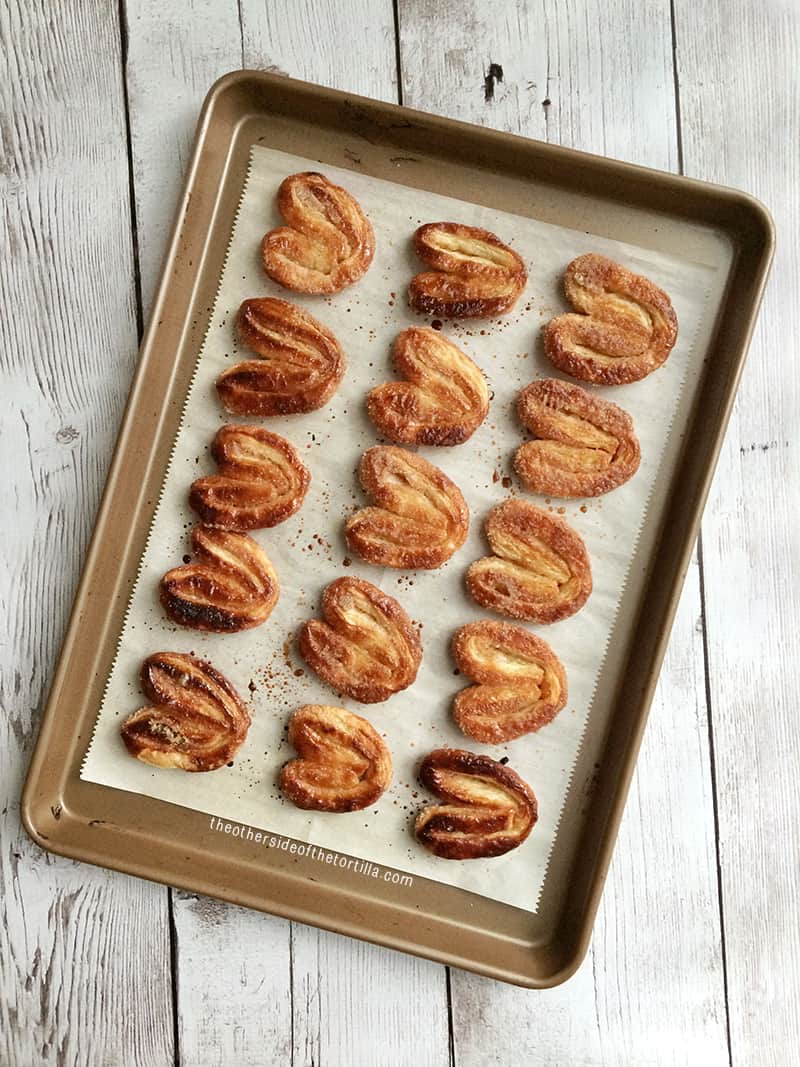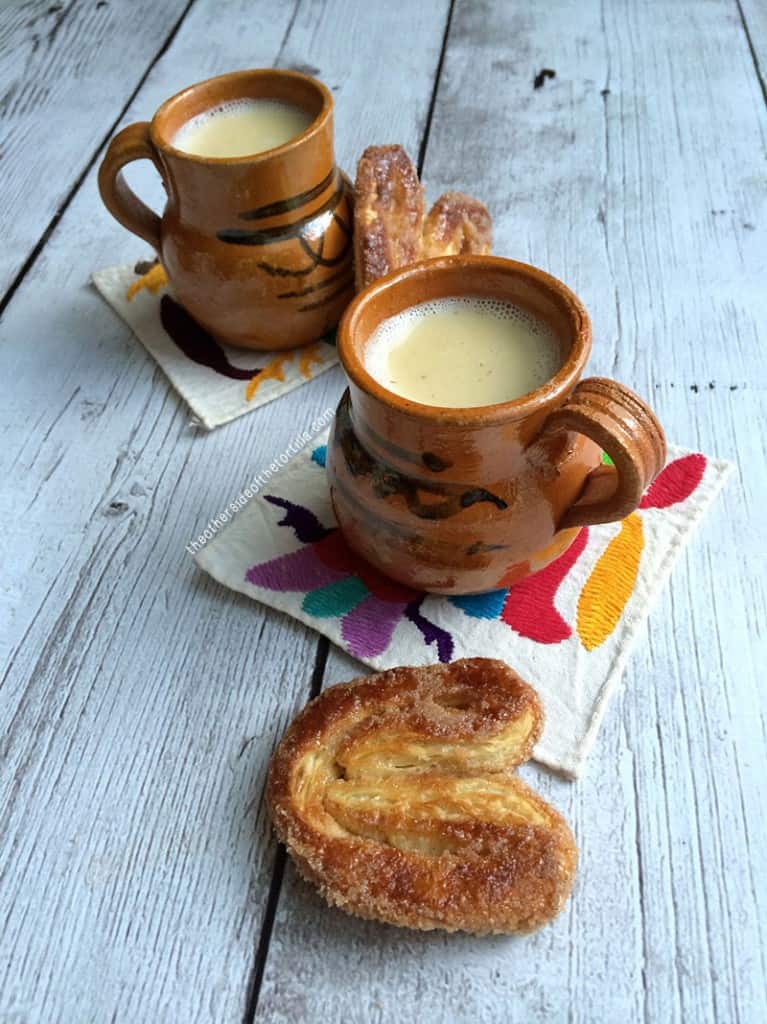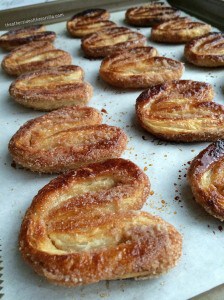This modern version of Rosca de Reyes has only one topping: everyone’s favorite crunchy sugar crust!
If your family is anything like mine, certain family members clamor for the piece of rosca with the sugar crunch topping every Día de Reyes. There’s never enough pieces for all the people who want that addictive crunch, and somebody is inevitably disappointed they had to eat a piece without it.




